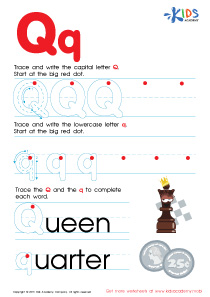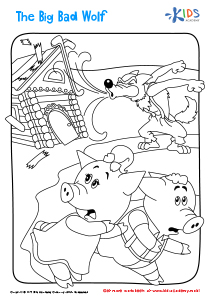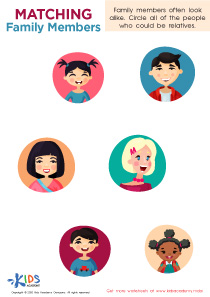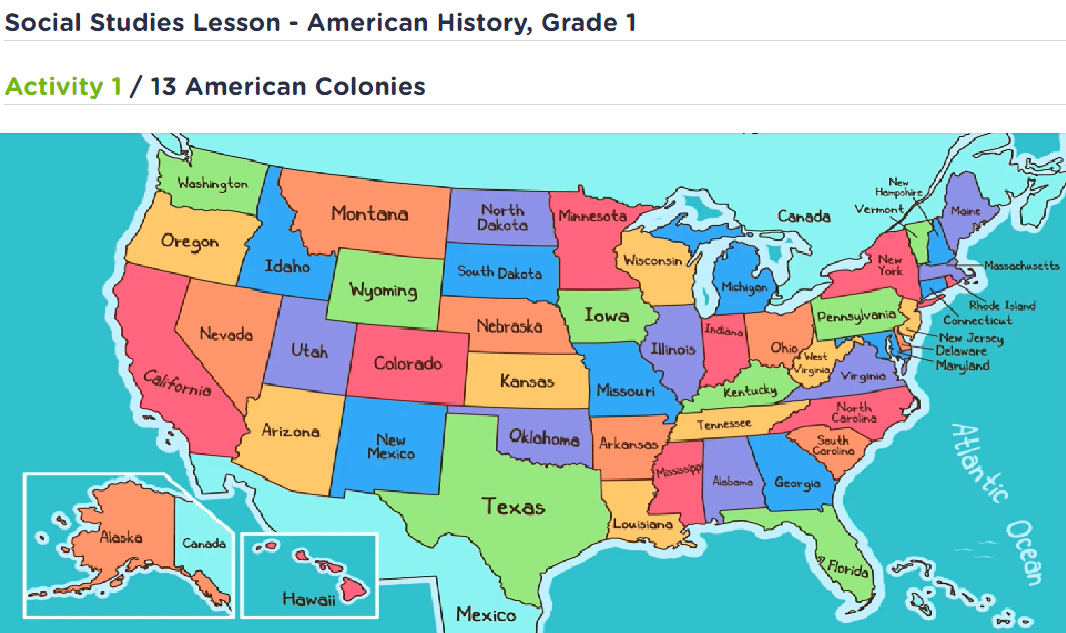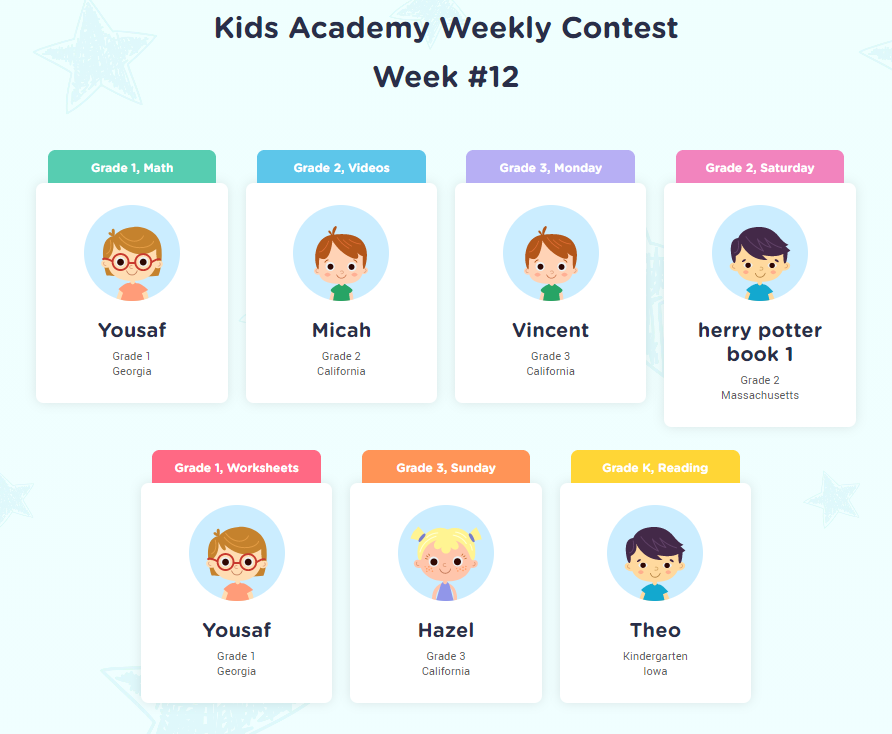Normal One More and One Less Quizzes for Ages 4-6
2 results
2 filtered results
Clear all filters2 filtered results
-
From - To
Introducing our captivating Normal One More and One Less interactive assessment quizzes, specifically designed for children aged 4-6. These engaging quizzes are expertly crafted to stimulate young minds, enhancing their understanding of basic addition and subtraction concepts in a fun, interactive way. Kids will embark on a delightful learning journey, exploring the fundamentals of counting with immediate feedback to reinforce their knowledge. Perfect for early learners, our quizzes offer a supportive environment to practice and master the concepts of one more and one less, laying a strong foundation for future mathematical skills. Let your child discover the joy of learning with our Normal One More and One Less quizzes.
Understanding the fundamental concepts of numbers is crucial in the early stages of education. Among these concepts, the ideas of "one more" and "one less" serve as building blocks for young learners, particularly those between the ages of 4 to 6. Our Normal One More and One Less interactive quizzes are expertly designed to cater to this age group, offering an engaging and effective way for children to grasp these essential mathematical concepts.
The transition from recognizing numbers to understanding their relative values is a significant leap in a child's cognitive development. The Normal One More and One Less quizzes simplify this transition by providing a fun, interactive environment where children can explore numbers in a way that resonates with their natural curiosity and zest for learning. For children aged 4 to 6, these quizzes are more than just educational tools; they are gateways to a world of numbers that they can navigate with confidence.
One of the standout features of the Normal One More and One Less quizzes is their interactive nature. Unlike traditional methods of learning, which may not cater to the diverse learning styles of every child, these quizzes are designed to be highly engaging. Through the use of colorful graphics, friendly characters, and intuitive gameplay, children are drawn into the learning process. This not only makes learning more enjoyable but also enhances retention of the concepts being taught.
The structure of the quizzes is another key aspect of their effectiveness. Each quiz is carefully crafted to challenge the child just enough to stimulate learning without causing frustration. Questions are designed to progressively increase in difficulty, ensuring that the learning experience is both rewarding and appropriate for the developmental stage of children aged 4 to 6. By offering immediate feedback, the quizzes also allow children to learn from their mistakes and understand the logic behind each answer.
Moreover, the Normal One More and One Less quizzes are an excellent resource for parents and educators looking to support the educational development of their children or students. The quizzes can be used as a supplementary learning tool, reinforcing concepts taught in the classroom or at home. They also provide a valuable opportunity for adults to engage with children in a learning activity, promoting a positive attitude towards education and fostering a love for mathematics from an early age.
In addition to the academic benefits, these quizzes also play a pivotal role in the development of critical thinking and problem-solving skills. As children navigate through the questions, they are encouraged to think critically about the relationship between numbers. This not only helps in their mathematical understanding but also in developing cognitive abilities that are beneficial across all areas of learning.
In conclusion, the Normal One More and One Less interactive quizzes for ages 4 to 6 are an invaluable tool for early education. By combining educational rigor with interactive fun, they offer a balanced approach to learning that caters to the developmental needs of young children. In doing so, they lay a solid foundation for mathematical understanding, setting children on the path to success in their studies and beyond.


